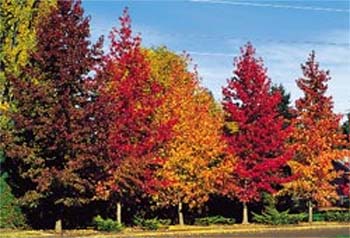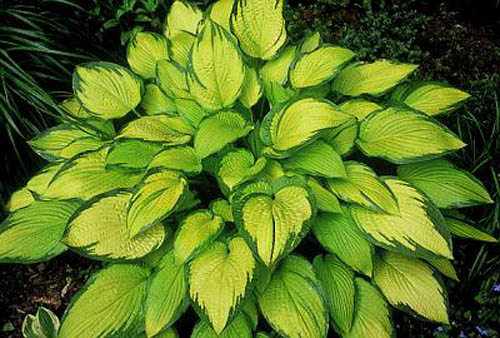August and September is a great month for dividing and transplanting. The heat of summer has hopefully passed and there is still plenty of time for plants to recover from being moved before the cold winter weather sets in. The normal Fall rains, will also allow the plants to become established.
The rule of thumb for deciding which perennials to transplant or divide is based on bloom time. Late Summer and Fall bloomers are suited for moving in the Spring while Spring and Early Summer flowering perennials can be transplanted in Fall. Some Spring flowering perennials are lungworts, primroses, epimedium, peonies and hostas may be divided and transplanted at this time of the year.
Transplanting or dividing can be motivated by the desire to change the look of your garden or plants that are just not doing well and need a change. There are several signs that can tell you it is time to divide a perennial such as when it does not bloom as well or the blooms are smaller and when the center of the plant starts to look kind of raggedy. Other signs, are when a plant flops over and requires support, or has grown beyond its bed or container.
Perennials can be divided just to create new plants for other parts of the garden or to share with friends. Perennials can provide an ongoing source of new plants. Careful division and re-planting can be a lot of fun too!
Tips of the Month
The first step in properly dividing and transplanting perennials starts with the digging of the plant that is to be divided.
- Dig out far enough from the plant to get all the roots without breaking or damaging them.
- Shake off the soil that clings to the roots carefully so as not to damage the roots of the plant.
- If you are dividing the plant, separate the crowns by simply pulling them apart or cutting them with a sharp knife or shovel. Remove any unhealthy or dead parts of the plant.
- Try to preserve as many of the roots as possible.
- Keep newly dug and or divided plants protected, if you cannot transplant them the same day, place them in the shade and cover with wet newspapers ora damp rag.
- Plant each division into well-prepared soil that has good drainage.
- Reset each division at exactly the same depth it was originally planted.
- Water the plant until a hard freeze.
- Once the ground freezes, apply a layer of mulch to help retain soil moisture.
Flower of the Month

Phlox paniculata ‘David’
it is a fragrant white-flowering garden Phlox that does not get mildew. This is a sturdy upright plant, does not need staking. A very steady performer in our garden where we use it as a backdrop for the Floribunda Rose Impatien. Known for its powdery mildew resistance, has been named the 2002 Perennial Plant of the Year by the Perennial Plant Association.Web Site of the Month
P. Allen Smith
They are an award-winning garden designer and host of the public television program, P. Allen Smith’s Garden Home and the syndicated 30-minute show P. Allen Smith Gardens. He has emerged as America’s most recognized and respected garden design expert, providing ideas and inspiration through multiple media venues. We wait impatiently each week for his newsletter.



